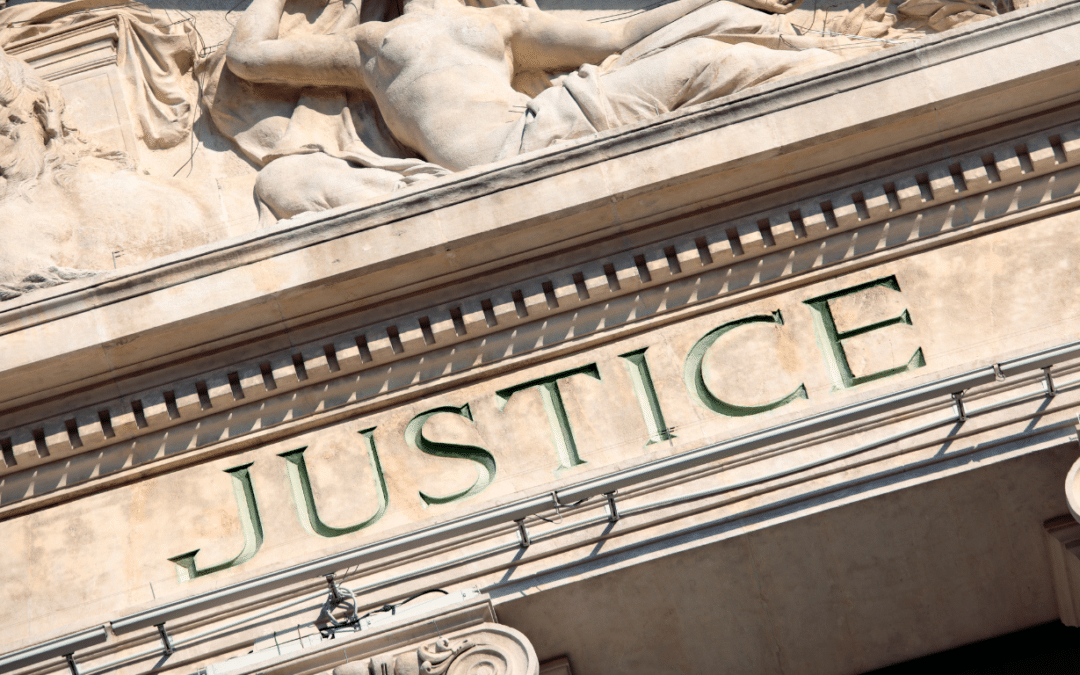East LA Jail, located in the heart of Los Angeles, stands as a striking symbol of the criminal justice system. Behind its imposing walls and barbed wire, a myriad of stories unfold daily. This blog aims to provide a humanized perspective on the East LA Jail, shedding light on the experiences, challenges, and hopes of those who find themselves within its confines. Let’s embark on a journey that goes beyond the stereotypes and sensationalism, delving into the complexities of a place where lives intersect and society’s flaws are laid bare.

History and Significance
The East LA Jail has a rich history that stretches back decades. Initially built to address overcrowding, the East L.A. Jail evolved into a facility that represents the unique challenges and struggles of the community.
Additionally, the geographical location of East LA Jail adds complexity to the issues faced by inmates and the surrounding community. It highlights the intersection of socioeconomic factors and the criminal justice system, revealing the disproportionate representation of marginalized populations. The high concentration of Hispanic individuals raises questions about racial disparities and the need for equitable treatment.
The surrounding community often finds itself caught in the crosscurrents of the jail’s impact. Families nearby grapple with the challenges of having incarcerated loved ones, including financial strain, emotional tolls, and disrupted social dynamics. The jail’s presence can perpetuate a cycle of hardship and stigma, highlighting the need for community support and advocacy.
Challenges and Rehabilitation Efforts with East LA Jail
Like many correctional facilities, East LA Jail faces numerous challenges. Overcrowding, lack of resources, and limited staff exacerbate the difficulties faced by both inmates and correctional officers. However, within this complex environment, there are also efforts to promote rehabilitation and reduce recidivism.
The jail offers various programs aimed at addressing the root causes of criminal behavior. Educational initiatives, vocational training, and counseling services provide inmates with opportunities for personal growth and skill development. By equipping inmates with essential tools for reintegration, the jail aims to break the cycle of incarceration.
Personal Stories
Behind the concrete walls, East LA Jail is a mosaic of individual stories. Each person locked up within its confines brings a unique narrative. We spoke with Maria, a mother of two, who found herself in the jail due to an unfortunate turn of events. She shared her struggles, dreams, and aspirations. Through her story, we grasp the profound impact of incarceration on both the individual and their families.
Another person we encountered was David, a young man with a passion for art. He described how art classes offered within the jail provided him with an outlet for expression and self-reflection. These personal accounts emphasize the potential for growth and transformation within a seemingly bleak environment.
Looking Ahead
The East LA Jail, with all its complexities, mirrors the broader issues of the criminal justice system. It forces us to question the effectiveness of punitive measures versus rehabilitative approaches. As a society, we must consider how we can support individuals who have made mistakes, offering them a path towards redemption.
Efforts are being made to reimagine the concept of incarceration and implement more progressive policies. Diversion programs, community-based alternatives, and restorative justice practices are gaining momentum. By prioritizing prevention, early intervention, and holistic support, we can transition to a system that addresses the underlying causes of crime rather than simply punishing its effects.
East LA Jail, More Than A Correctional Facility
East LA Jail is more than just a correctional facility; it represents a microcosm of our society’s struggles and aspirations. By humanizing the experiences of those within its walls, we gain a deeper understanding of the complex realities they face. It is imperative that we recognize the need for reform, emphasizing rehabilitation, and promoting systemic change. By addressing these issues, we can create a society where everyone can rebuild their lives and contribute positively to their communities.
If you need help with Bail, get a hold of Dan. Read more blogs here, or reach out to us on Facebook



